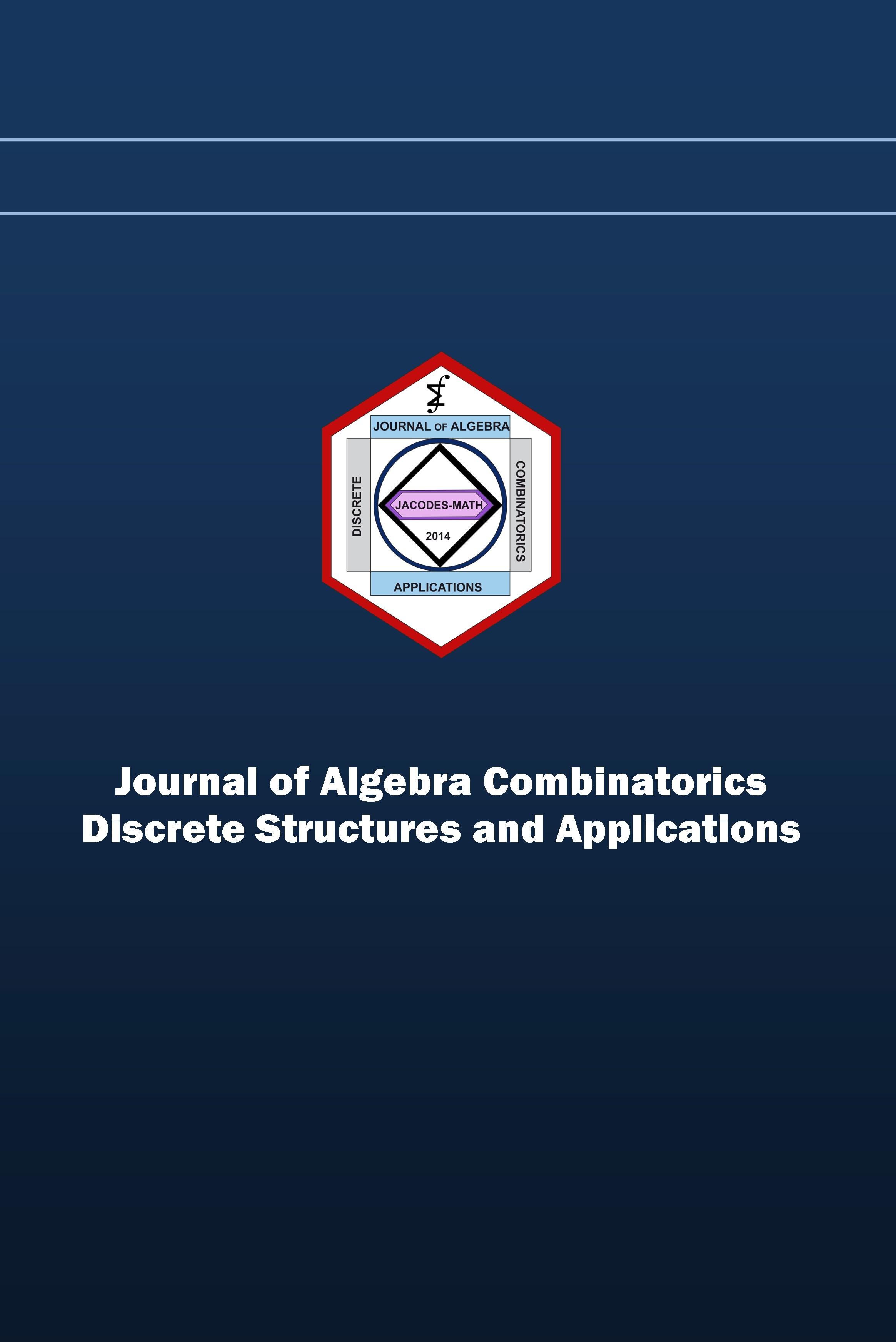Locating one pairwise interaction: Three recursive constructions
Locating one pairwise interaction: Three recursive constructions
___
- A. N. Aldaco, C. J. Colbourn, V. R. Syrotiuk, Locating arrays: A new experimental design for screening complex engineered systems, SIGOPS Oper. Syst. Rev. 49(1) (2015) 31–40.
- M. Chateauneuf, D. L. Kreher, On the state of strength-three covering arrays, J. Combin. Des. 10(4) (2002) 217–238.
- M. B. Cohen, C. J. Colbourn, A. C. H. Ling, Constructing strength three covering arrays with augmented annealing, Discrete Math. 308(13) (2008) 2709–2722.
- C. J. Colbourn, Covering arrays and hash families, Information Security and Related Combinatorics, NATO Peace and Information Security, IOS Press (2011), 99–136.
- C. J. Colbourn, S. S. Martirosyan, G. L. Mullen, D. Shasha, G. B. Sherwood, J. L. Yucas, Products of mixed covering arrays of strength two, J. Combin. Des. 14(2) (2006) 124–138.
- C. J. Colbourn, S. S. Martirosyan, T. van Trung, R. A. Walker II, Roux-type constructions for covering arrays of strengths three and four, Des. Codes Cryptogr. 41(1) (2006) 33–57.
- C. J. Colbourn, D. W. McClary, Locating and detecting arrays for interaction faults, J. Comb. Optim. 15(1) (2008) 17–48.
- A. Hartman, Software and hardware testing using combinatorial covering suites, Graph Theory, Combinatorics and Algorithms, Springer, 2005, 237–266.
- C. Martínez, L. Moura, D. Panario, B. Stevens, Locating errors using ELAs, covering arrays, and adaptive testing algorithms, SIAM J. Discrete Math. 23(4) (2009/10) 1776–1799.
- G. Roux, k-Propriétés dans les tableaux de n colonnes: cas particulier de la k-surjectivité et de la k-permutivité, Ph.D. Dissertation, University of Paris 6, 1987.
- C. Shi, Y. Tang, J. Yin, Optimal locating arrays for at most two faults, Sci. China Math. 55(1) (2012) 197–206.
- Y. Tang, C. J. Colbourn, J. Yin, Optimality and constructions of locating arrays, J. Stat. Theory Pract. 6(1) (2012) 20–29.
- J. Yin, Cyclic difference packing and covering arrays, Des. Codes Cryptogr. 37(2) (2005) 281–292.
- Başlangıç: 2015
- Yayıncı: İrfan ŞİAP
Group divisible designs of four groups and block size five with configuration (1, 1, 1, 2)
Ronald Mwesigwa, Dinesh G. Sarvate, Li Zhang
Regular handicap tournaments of high degree
Dalibor Froncek, Aaron Shepanik
The covering number of $M_{24}$
Michael Epstein, Spyros S. Magliveras
Some new large sets of geometric designs of type LS[3][2, 3, 2 8 ]
Michael R. Hurley, Bal K. Khadka, Spyros S. Magliveras
Enumeration of symmetric (45,12,3) designs with nontrivial automorphisms
Dean Crnkovic, Doris Dumicic Danilovic, Sanja Rukavina
Weak isometries of Hamming spaces
Ryan Bruner, Stefaan De Winter
Quasisymmetric functions and Heisenberg doubles
On the resolutions of cyclic Steiner triple systems with small parameters
Locating one pairwise interaction: Three recursive constructions
Charles J. Colbourn, Bingli Fan
